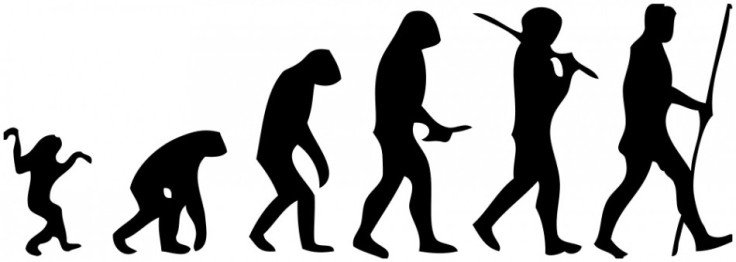Indian stone tools show humans left Africa earlier than believed
Tools similar to the ones made by the Neanderthals found in south India suggest earlier than believed migration of humans.

Humans left Africa to populate the world at least 300,000 years ago, suggests a new find in India. Stone tools made by inhabitants of the region have been dated to have been made between 172,000 and 385,000 years ago with progressive and continued development over that time. The starting point for this discovery pushes the migration of Homo sapiens out of Africa further back than what was once believed.
In fact, it pushes the dates further back from last week's discovery of skulls found in Israel which pegged the migration back by 50,000 years. Until now, it was believed that humans left Africa 120,000 to 90,000 years ago.
The finding was first published in the Journal Nature, according to Phys.org. The style of tools found in the site has been found to be similar to ones used by the Neanderthals or some closely related human cousin.
Several authors of the report struck a note of caution as no human fossils were found with the tools. It is not clear in what way the development of tools actually reflects on the arrival of humans and ideas from outside India in comparison to it being a local development, said Shanti Pappu of the Sharma Centre for Heritage Education in Chennai, India; he is one of the authors of the study.
Development in tool making styles is reflected in the way the final tools turned out over the years, with the more recent ones having smaller flakes, for example.
However, the finding is not without its sceptics. "I simply don't buy it," said Michael Petraglia of the Max Planck Institute for the Science of Human History in Jena, Germany. He believes that the tools were made not by humans who moved out of Africa, but independent of outside influence by related cousins who evolved separately. The Chennai tools are closely related to an older tool-making style from the south Indian region and seem to represent a transition over time, he said.
In India, a country with only a few well-studied archaeological sites, proving that this tool-making knowledge came from outside and settled in the south could be difficult. There is also only one fossil find of a forerunner to the Homo sapiens which has been associated with this style of tool making in the country, Petraglia pointed out.





















